Armenians have a pretty cool alphabet. Created in 405 CE by Mesrop Mashtots, a linguist and church leader, it originally had 36 letters and now has 39. Aside from a letter which resembles U and another one O most of the letters are completely unfamiliar to me. On the occasion of the alphabet’s 1600th birthday, in 2005, a series of 39 giant carved letters were strategically placed near Mashtots’ final resting place. We happened to drive past this place on the first of two day trips from Yerevan.
With Artyom, a driver our Bnb host organised for us, our first trip was to Amberd Fortress which turned into more of an adventure than we had planned! The driver wasn’t completely sure how to get there and in the end the road we took became impassable because of snow. Antony and I got out and walked the last few kms and arranged to meet our driver somewhere else after the visit, at what we hoped was the bottom of a hiking trail. We indeed found a hiking trail down from the fortress to our waiting driver and the trip continued to a couple of monasteries.
The snowy walk to get to Amberd Fortress was just beautiful and when we arrived no-one was there, so we had the place to ourselves. It was originally built in the 10th century but had a turbulent few centuries, being first invded in the 1070s by Seljuk Turks who turned it into a military base. In 1195 it was liberated but in 1236 captured and destroyed by Mongols and Tartar invaders. In the late 13th century it was reconstructed before being abandoned in the late 14th century. The area contained the citadel palace, a church, bath and a chapel.
After exploring the fort and the church and admiring the wonderful views we followed a path leading down to a river then across it and up the other side and round and down eventually to our waiting driver.
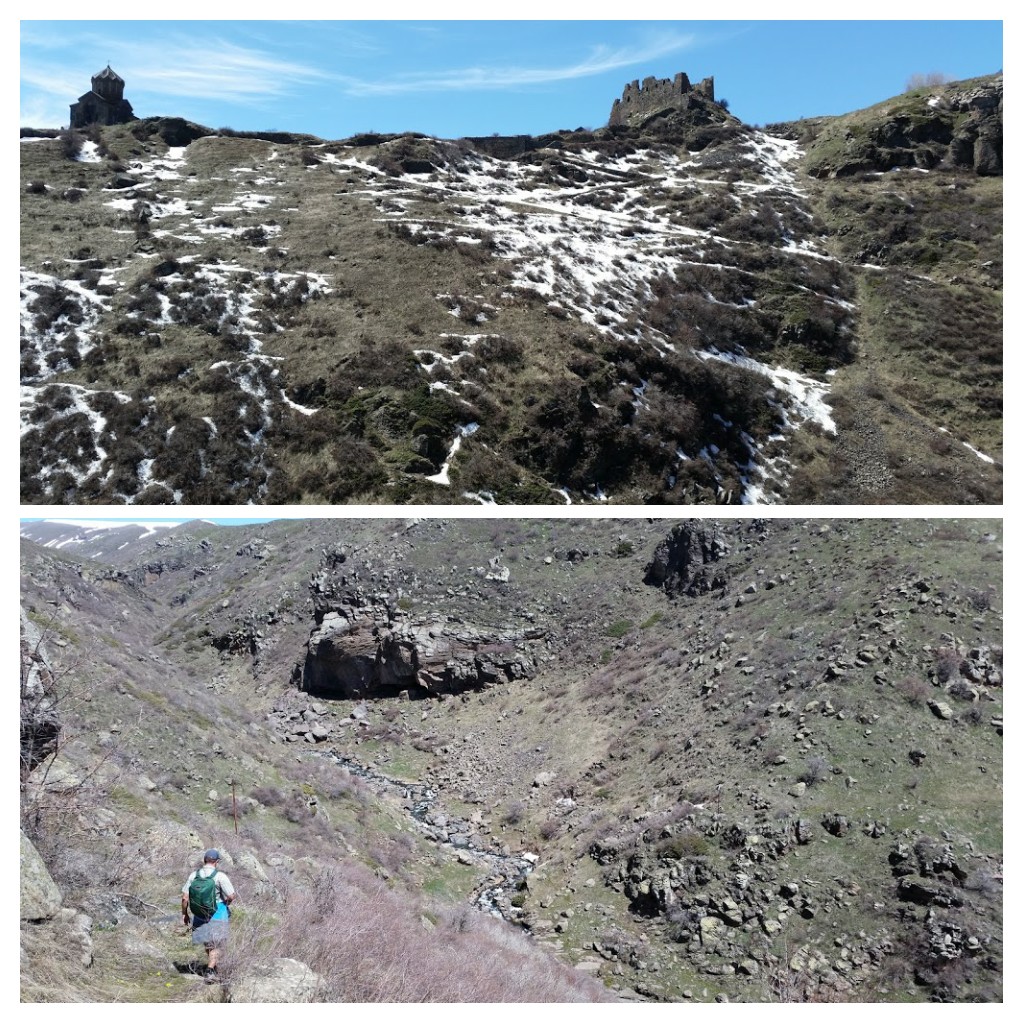
Top: View of the fortress and church from across the river. Bottom: Heading down from the fortress to the river.
Next destination was Saghmosavank Monastery, a 13th century sanctuary positioned atop a precipitous gorge carved by the Kasagh river. When we arrived hens were wandering around the entrance but it was otherwise very quiet. The interior was simple. We enjoyed the views of the gorge and our driver took a picture of us here, on the edge of the river valley.
The next destination was just 5km south, another monastery also positioned at the edge of the Kasagh River canyon. Hovhannavank was founded at the start of the 4th century (!!) by Gregory the Illuminator (the one who was in the dungeon for 13 years and then brought Christianity to the King of Armenia who subsequently made it the nation’s official religion). The oldest part of the monastery is the single nave basilica that was from the 4th century. In 554AD the roof was replaced with a thatch cover and then between 1652-1734 the basilica underwent profound restoration. The Cathedral on site was built between 1216-1221 and we could see rich inscriptions on the walls. Hovhannavank was an important theological and educational centre where manuscripts were written and illuminated. Nowdays it’s another lovely monastery in a stunning location in the quiet Armenian countryside.
The last stop on this first day trip was the Saint Gevorg church in the little town of Mughni, within the larger city of Ashtarak. The church was first mentioned in 1280 and completed in the 14th century, supposedly to house relics of Saint George himself (the dragon slayer!)
There are a number of khachkars (stone monuments, as pictured above) around the church, the oldest from 932 and the most recent from 1975. This one was put in place secretly one night, nobody knows by whom!
There was once a one kilometre long path from the church down to the Kasagh River, which was used to bring water up to the church and could be used as a secret escape route for people and manuscripts.
Our second daytrip from Yerevan was to Garni Temple & Geghard Monastery.
Garni Temple was built in the 1st century and was dedicated to Mihr, the god of the sun. The walls were built without mortar, ‘dry building’. The stone joints were reinforced with iron rods and the joints were filled with lead. Once Christianity was adopted in Armenia, the temple was converted into a royal summer house. It was later destroyed in an earthquake in 1679. Renewed interest in the site in the 19th century led to excavations in the 20th century. The temple was later restored between 1968 -1976.
For those who may be interested in geometry and the temple design using sacred numbers, these pictures from the information panels on site explain it. Rather fascinating!
The temple is located above the canyon formed by the Azat River. The views in both directions from the temple were just fabulous. Just before we left this site we were exploring some grassy areas looking at the views when all of a sudden a rather large, fat, brown snake appeared at my feet. I think it was coiling this way and that trying to get away from me and I was lifting my feet trying not to stand on it.. my heart racing a hundred times faster than normal. It was so, so freaky!!
After the snake encounter it was good to jump back in the car and relax a bit. Our last destination on this trip was Geghard Monastery, a very special monastery, where some of the churches are entirely dug out of the cliff rocks. It is on the UNESCO world hertiage list.
There is a spring here that was a place of worship in pre-christian times and the monastery encompasses this spring in one of the churches. Gregory the Illuminator is believed to have founded this monastery at the beginning of the 4th century and it became known as the ‘Monastery of Caves’. There are a number of small caves in the cliffs surrounding the main buildings where the monks would have lived. Many of these caves were only accessible by rope or ladder and were exposed to the elements. Gregory lived in one of these caves at some stage. Along with these ascetic monks quarters, the historic site had support buildings and churches, and was an important manuscriptorium, seminary, academy of music and a pilgrimage site.
In the 920s Arab armies invaded and plundered the place. It (like the other sites in this post) was also affected by other invasions and two significant earthquakes. Today’s buildings are considered to be from the 13th century, at which time the place was a significant pilgrimage site, not least because it held some special relics, both a supposed piece of Noah’s Ark and the spear used by a Roman soldier to pierce the crucified Christ. The latter is now housed elsewhere and has quite a story. Armenians firmly believe the Geghard spear is the true one but there are several other cities that claim they have the spear that pierced Christ also (Krakow, Rome and Vienna)! Geghardavank (the full name of the monastery) means ‘The Monastery of the Spear’.
This monastery was probably the most interesting out of all that we saw in Armenia. Its location with all the caves around it in the beautiful cliffs and the river running past made it very picturesque. The architecture was absolutely fascinating- how they made some of the churches by carving them out of the rock. There were chapels with incredible acoustics, detailed khachkars and other fascinating artistic depictions, the sacred spring with its healing water and various nooks and crannies to be discovered, including interesting rooves… it was all very cool! Pictures give you a taste but a visit is a must if you go to Armenia!
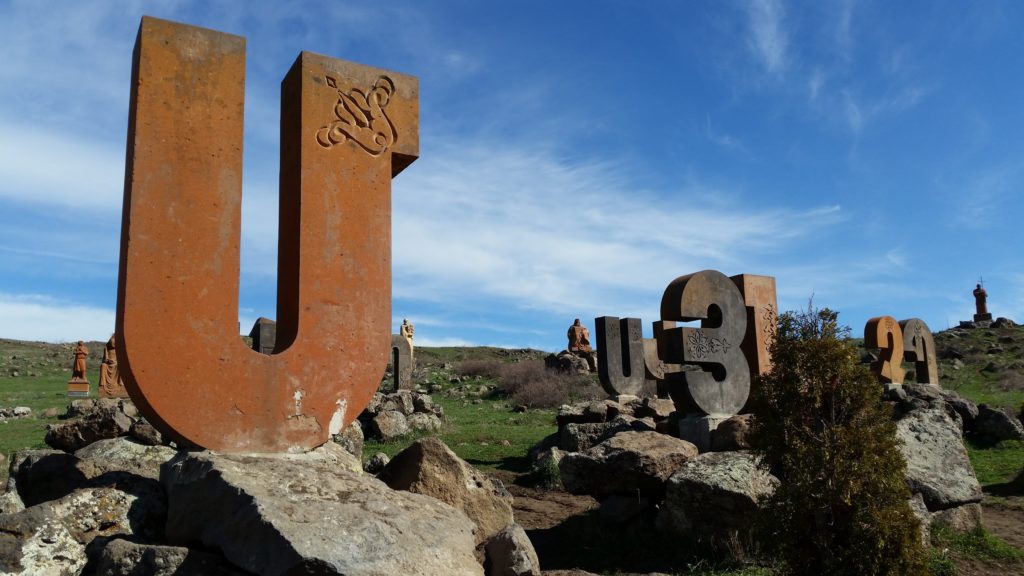
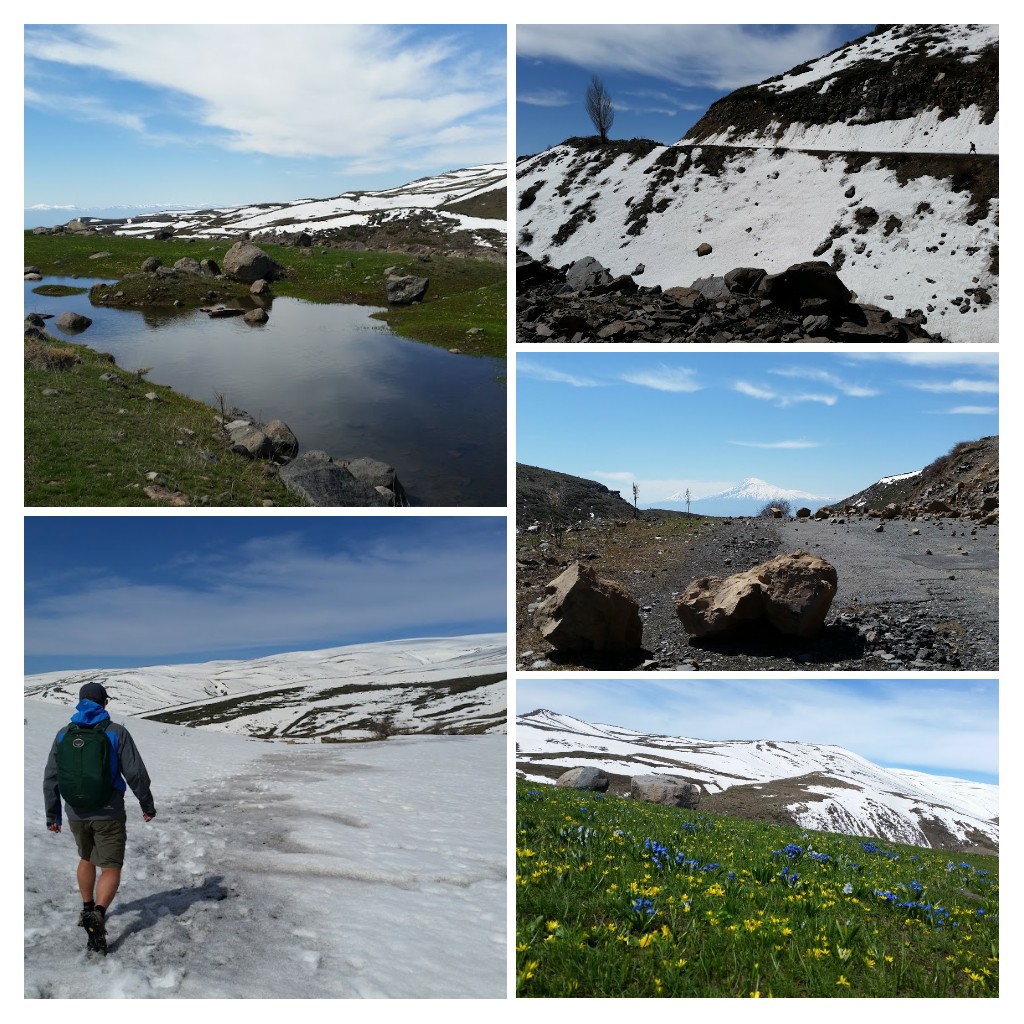
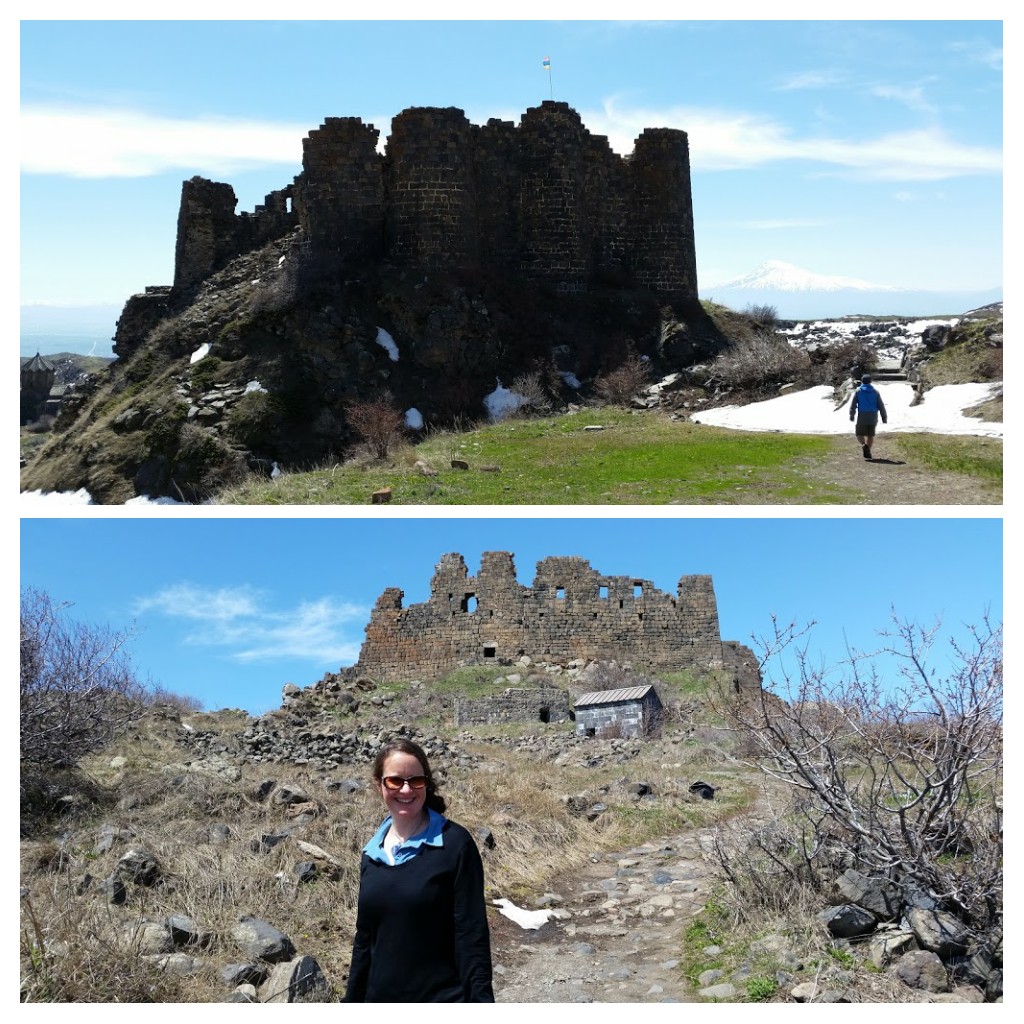
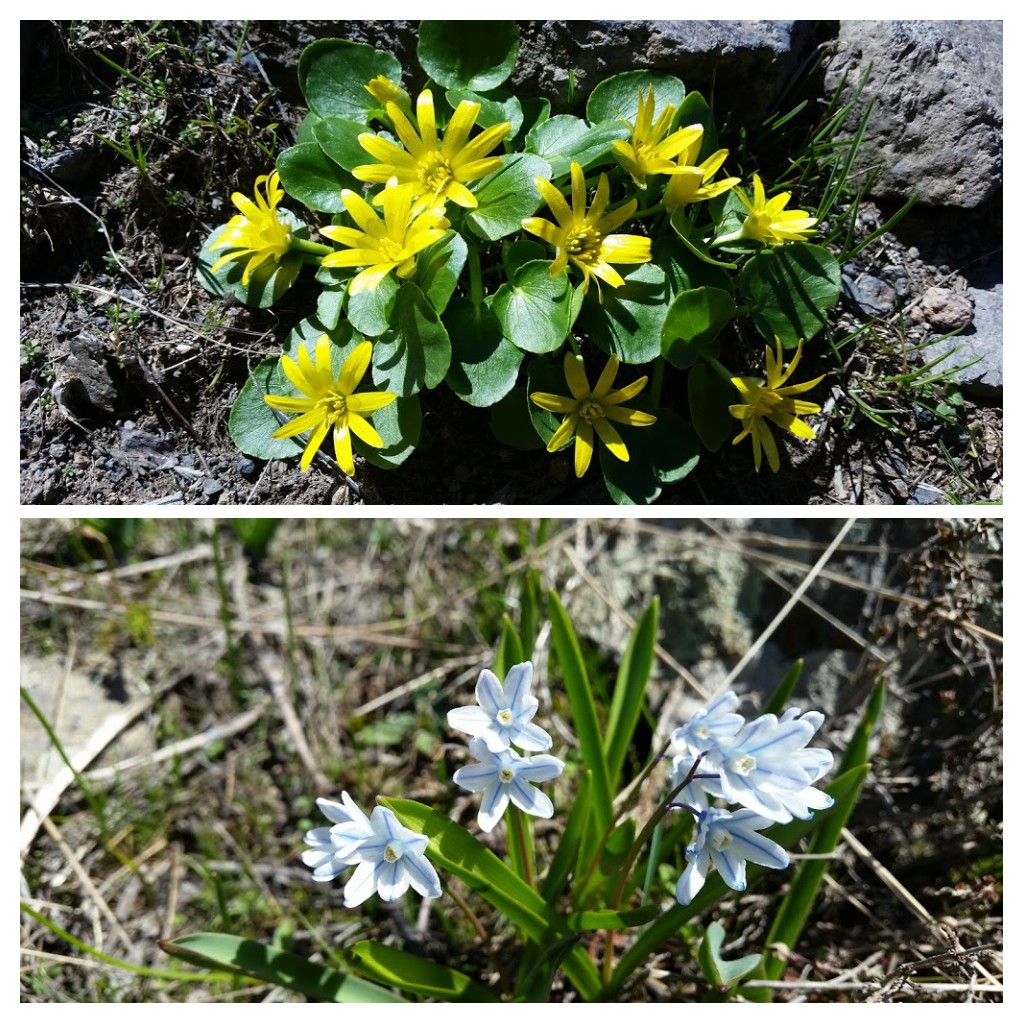
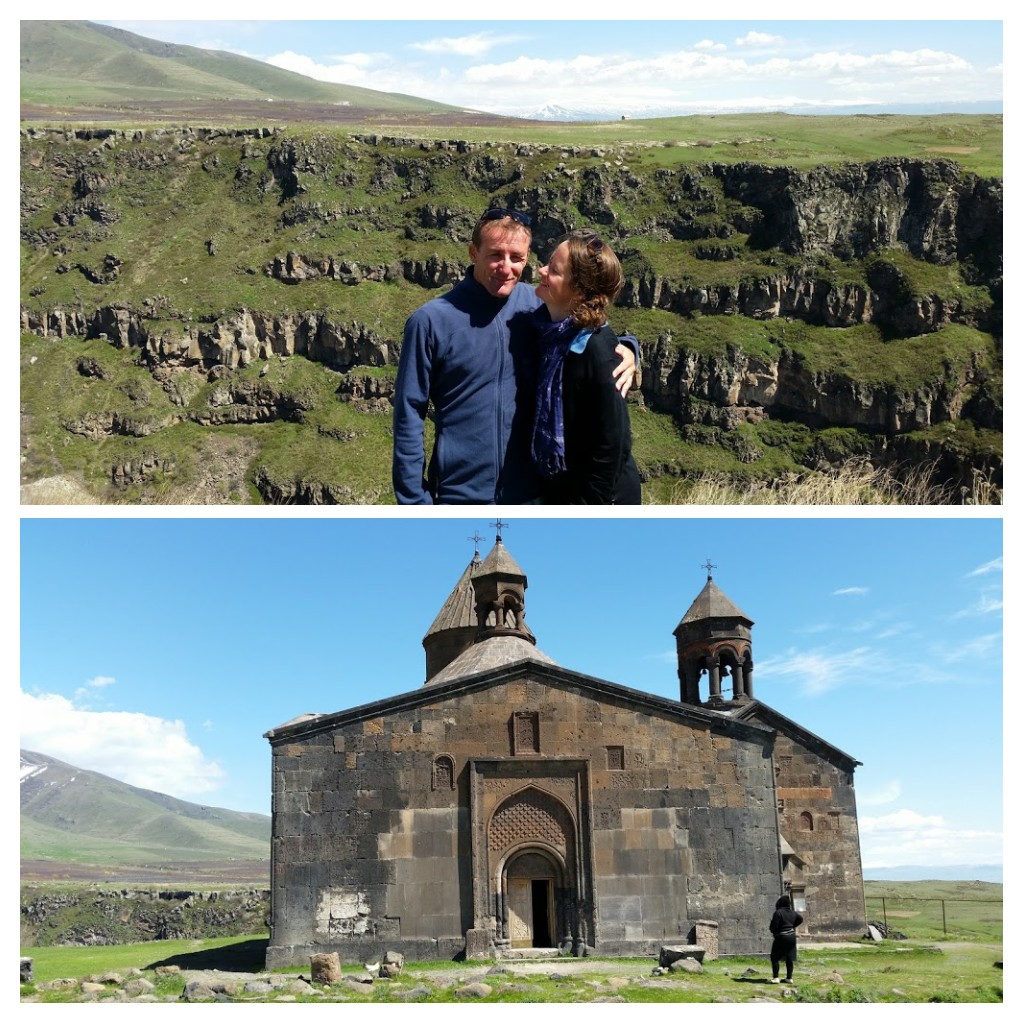
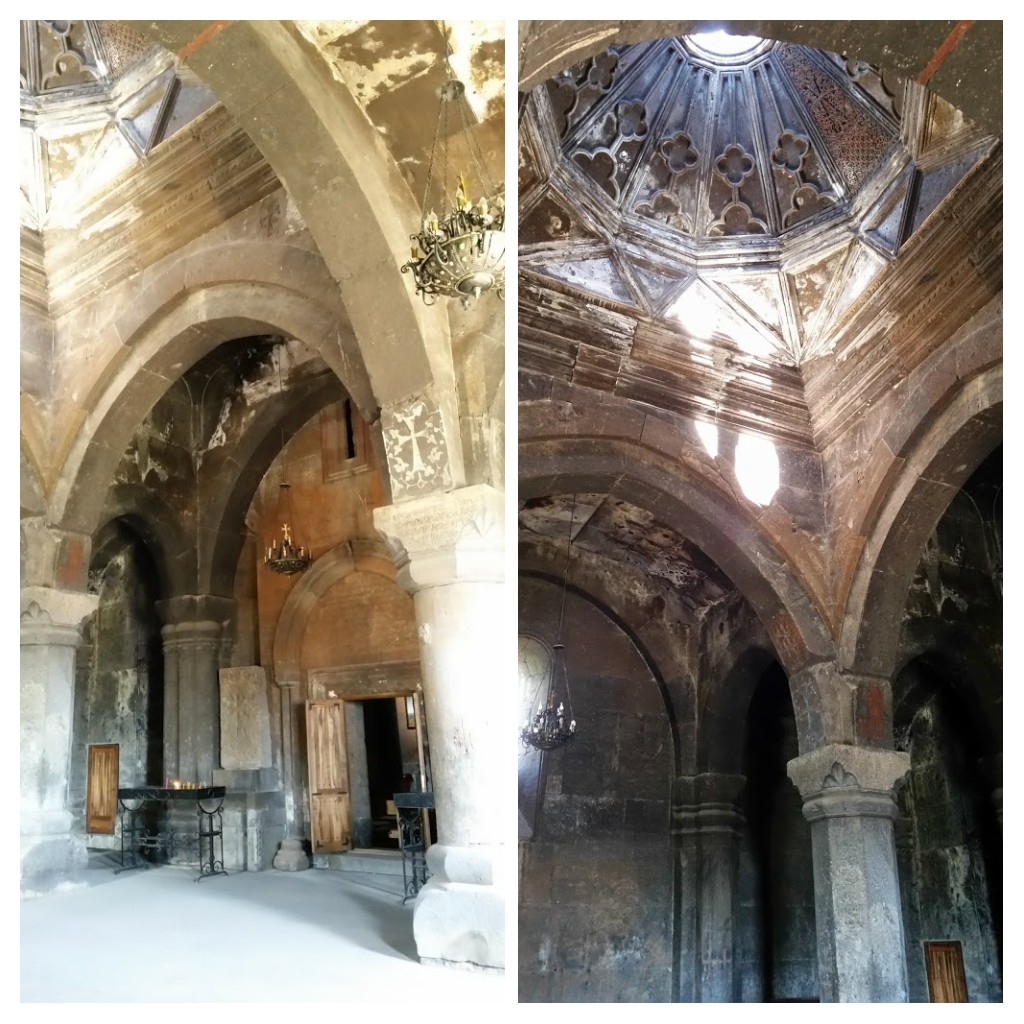
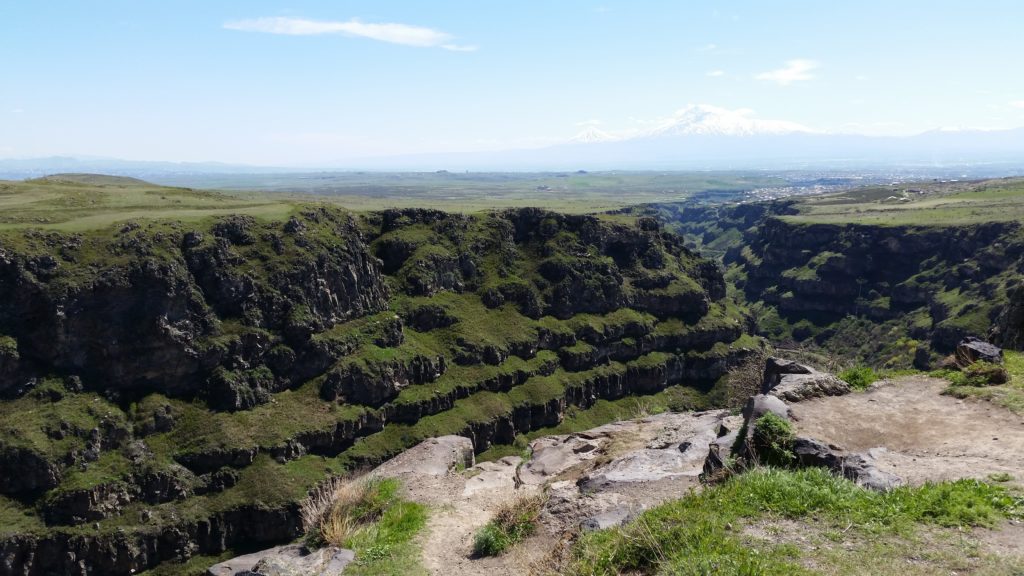
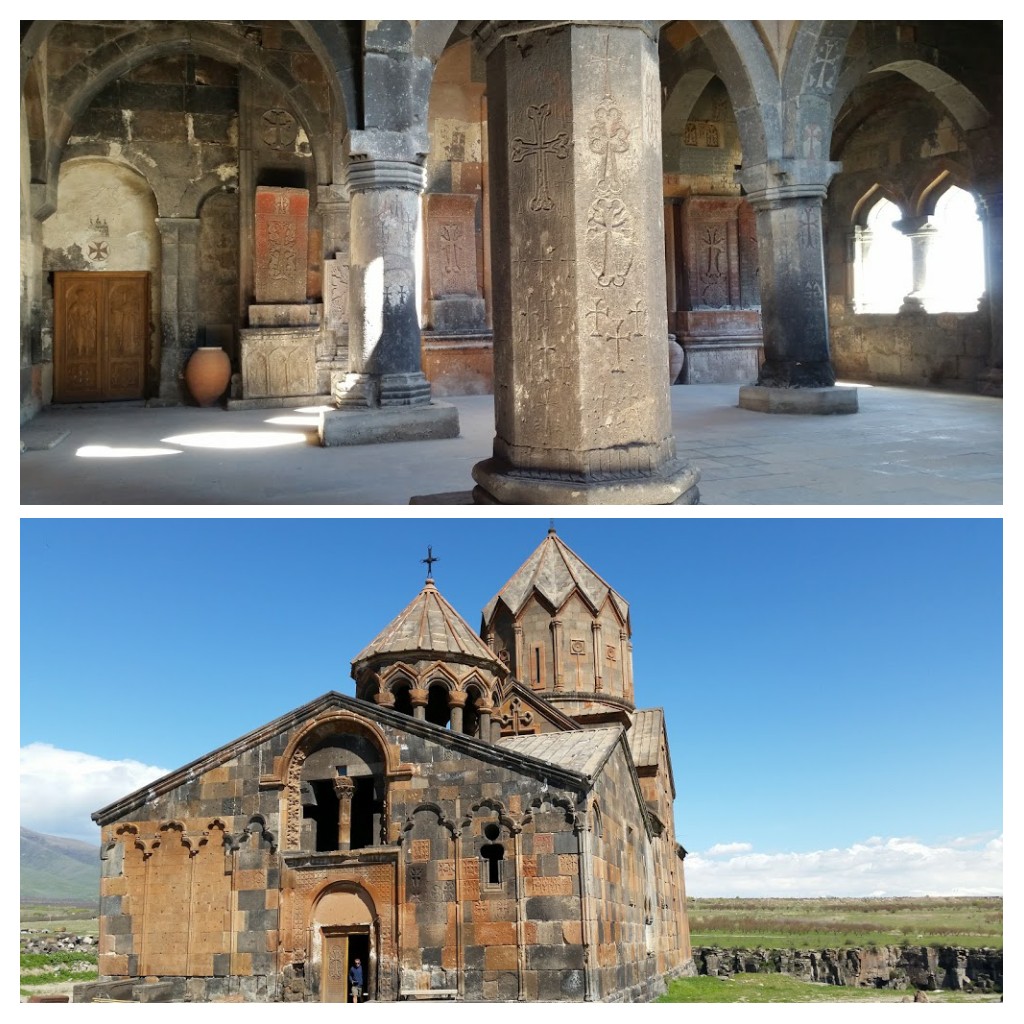
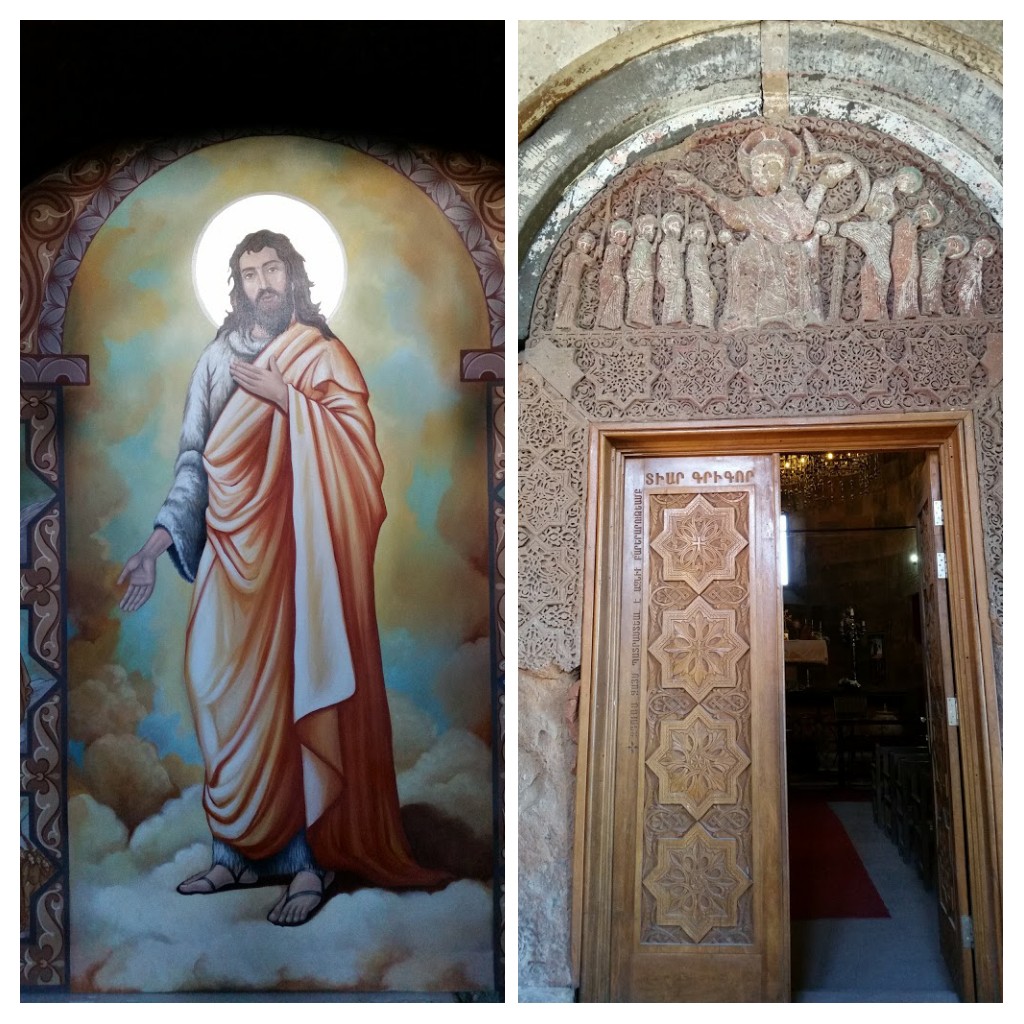
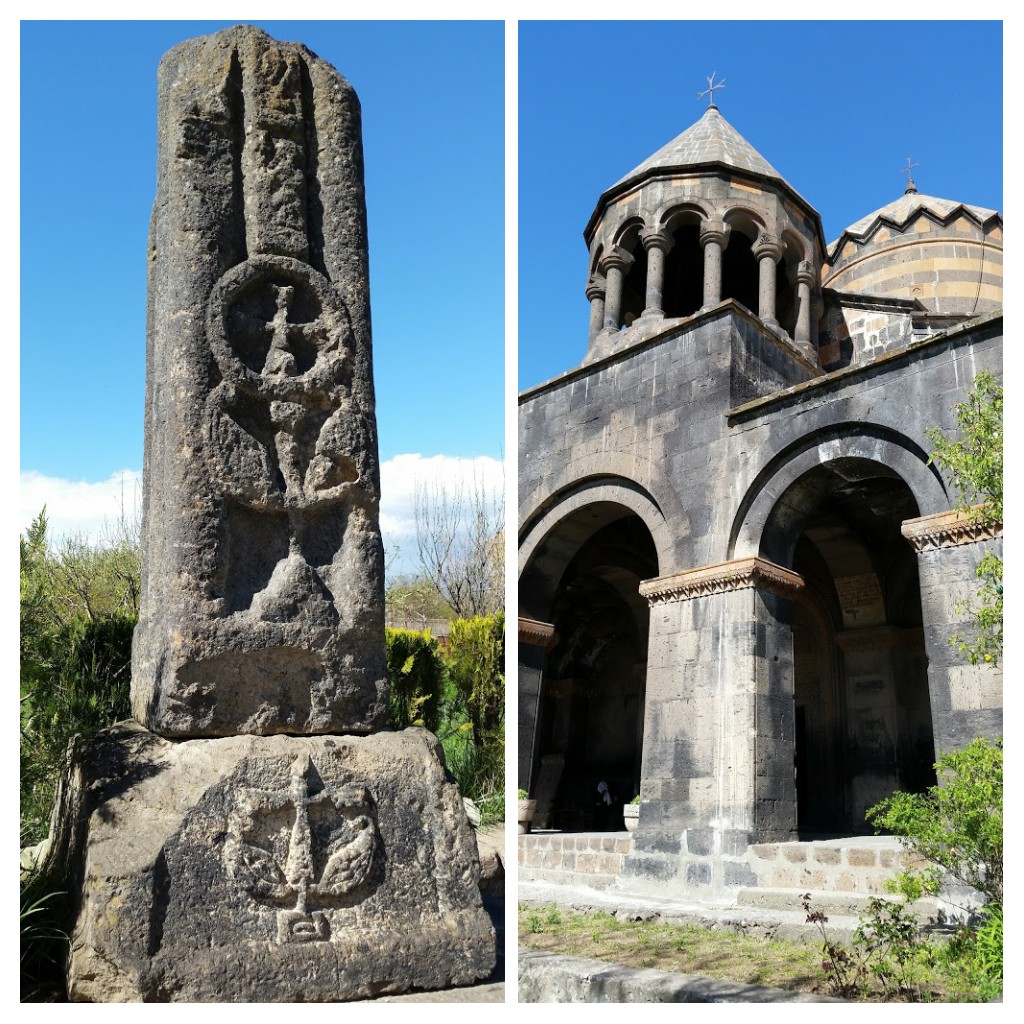
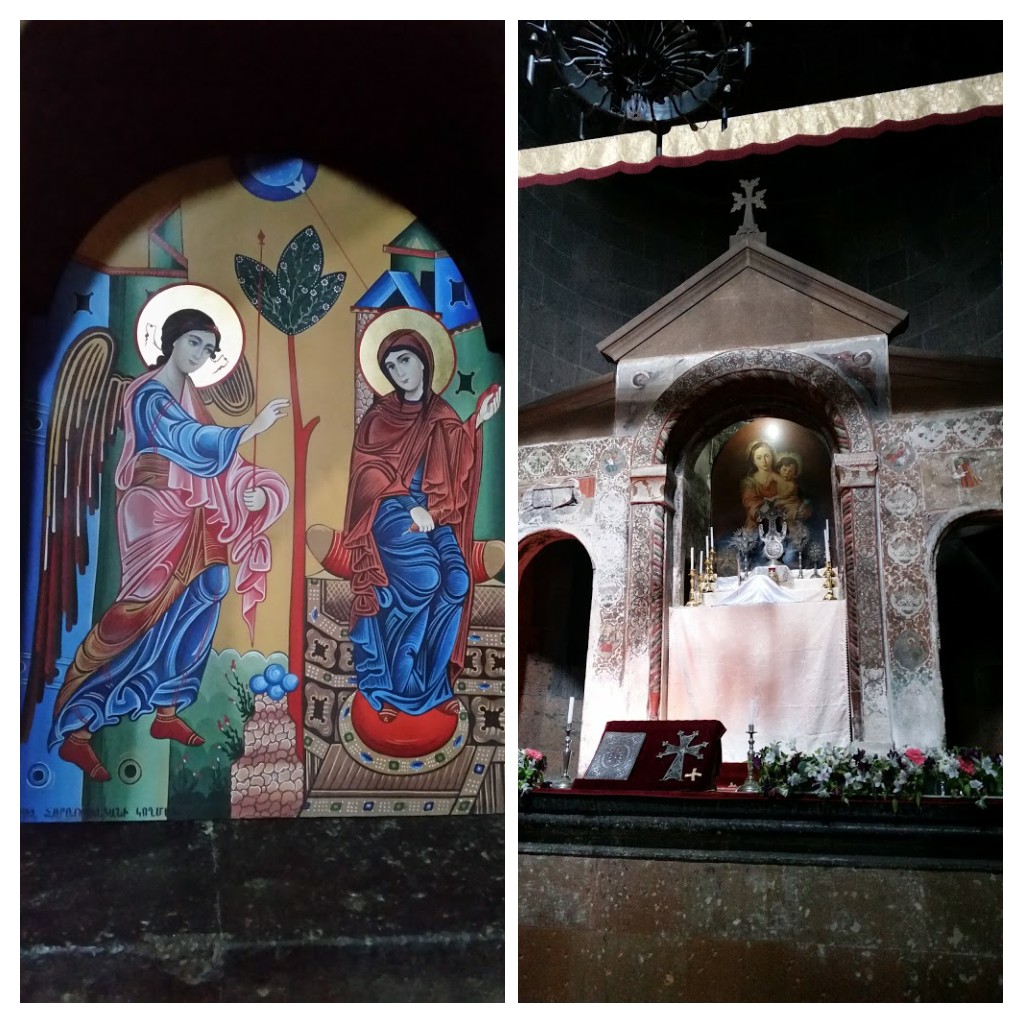
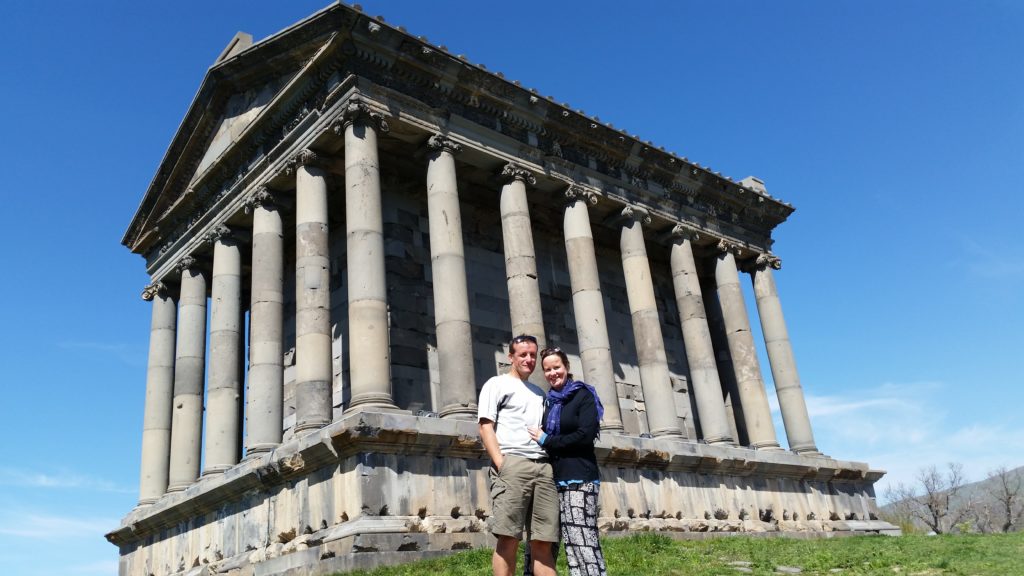
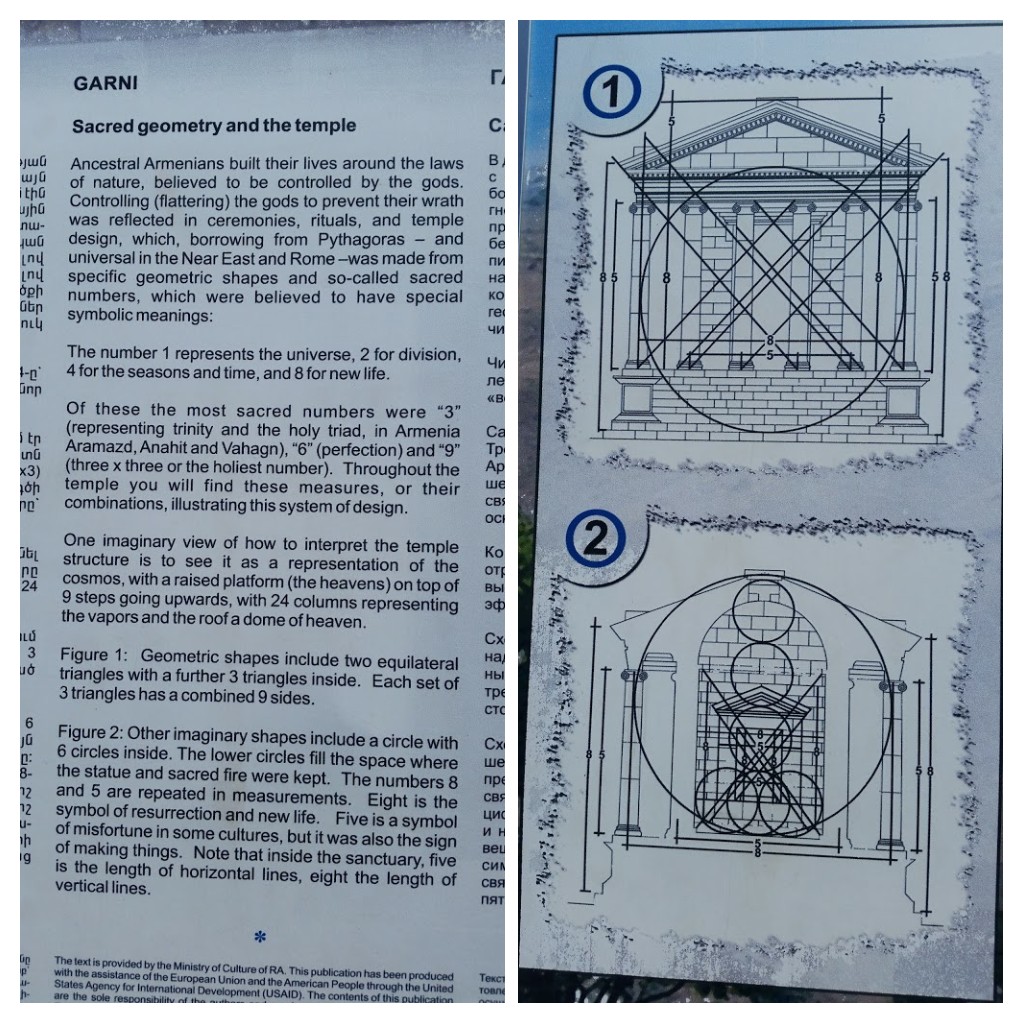
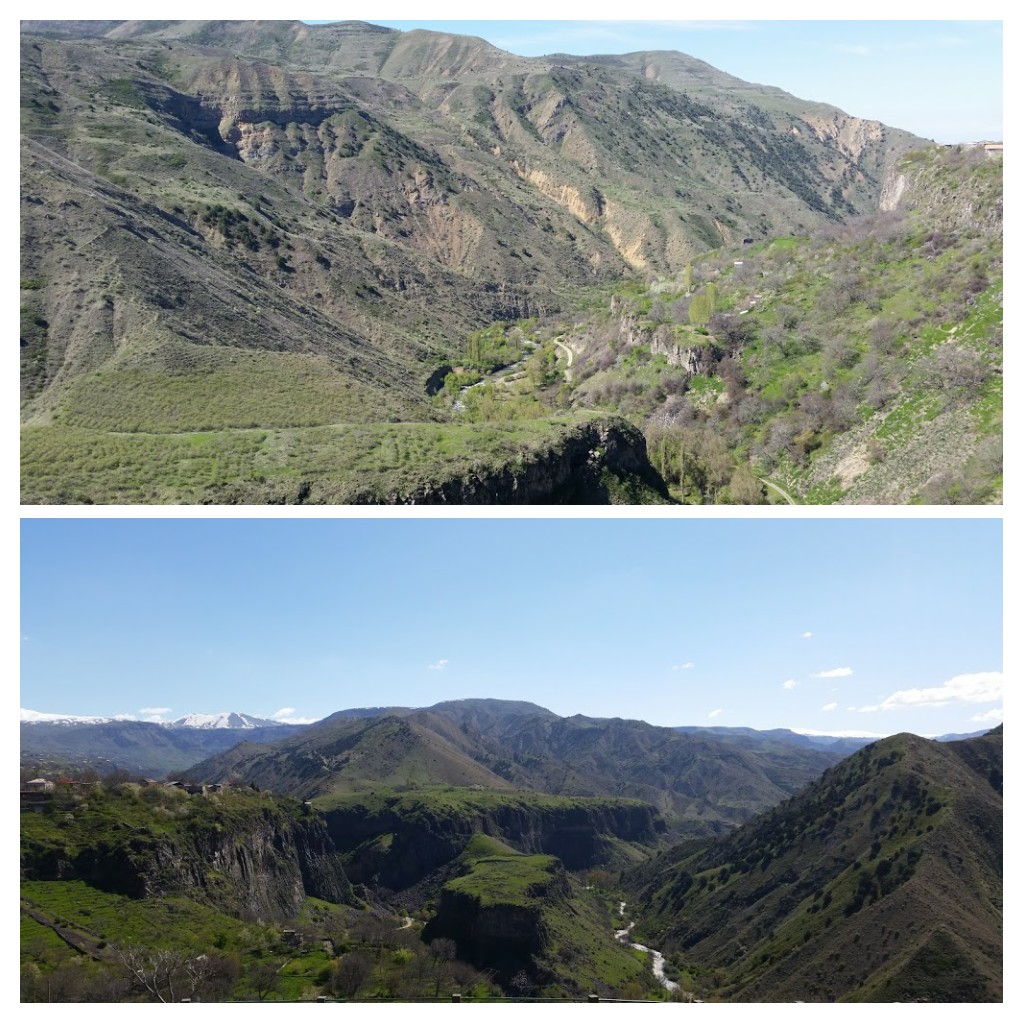
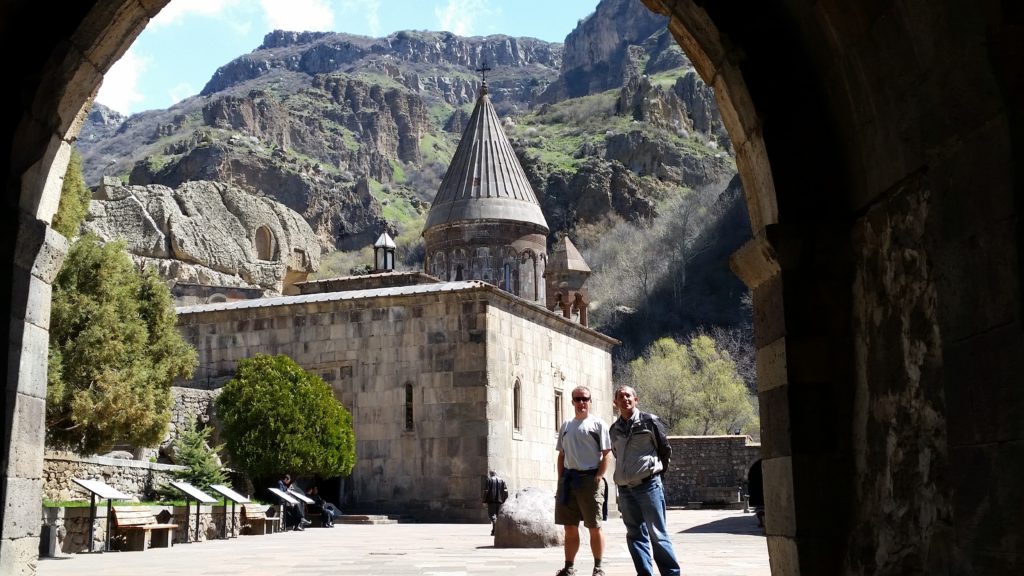
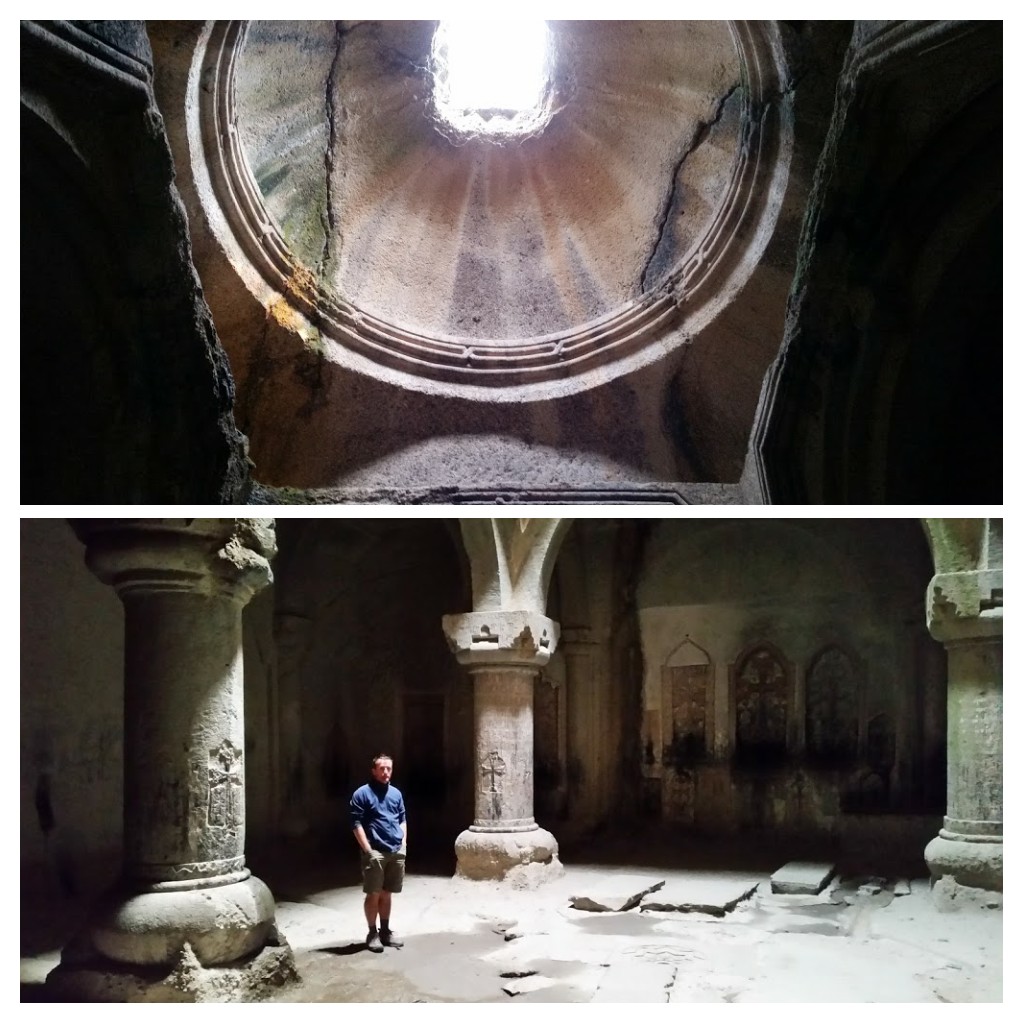
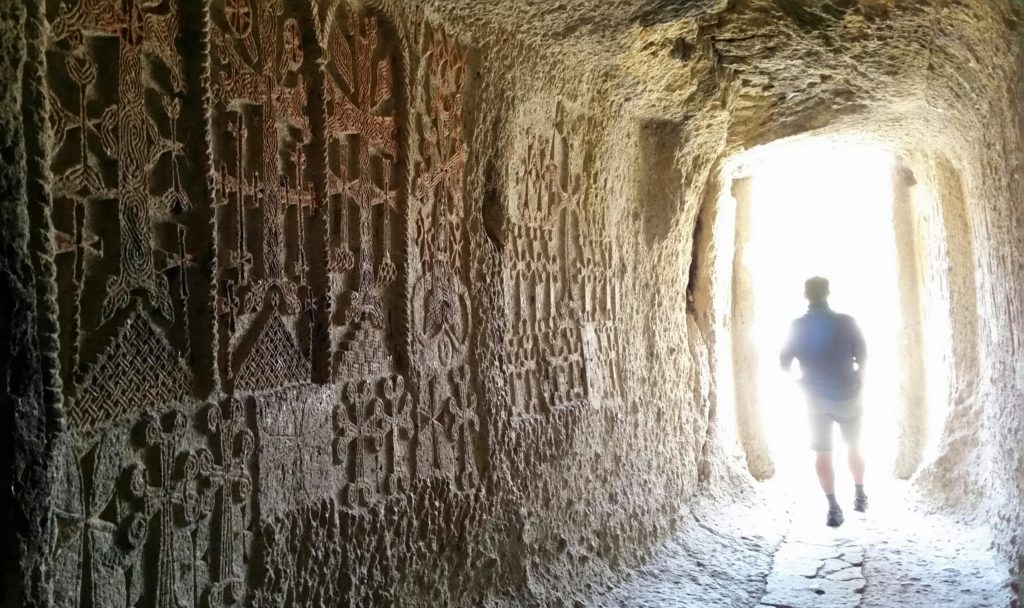
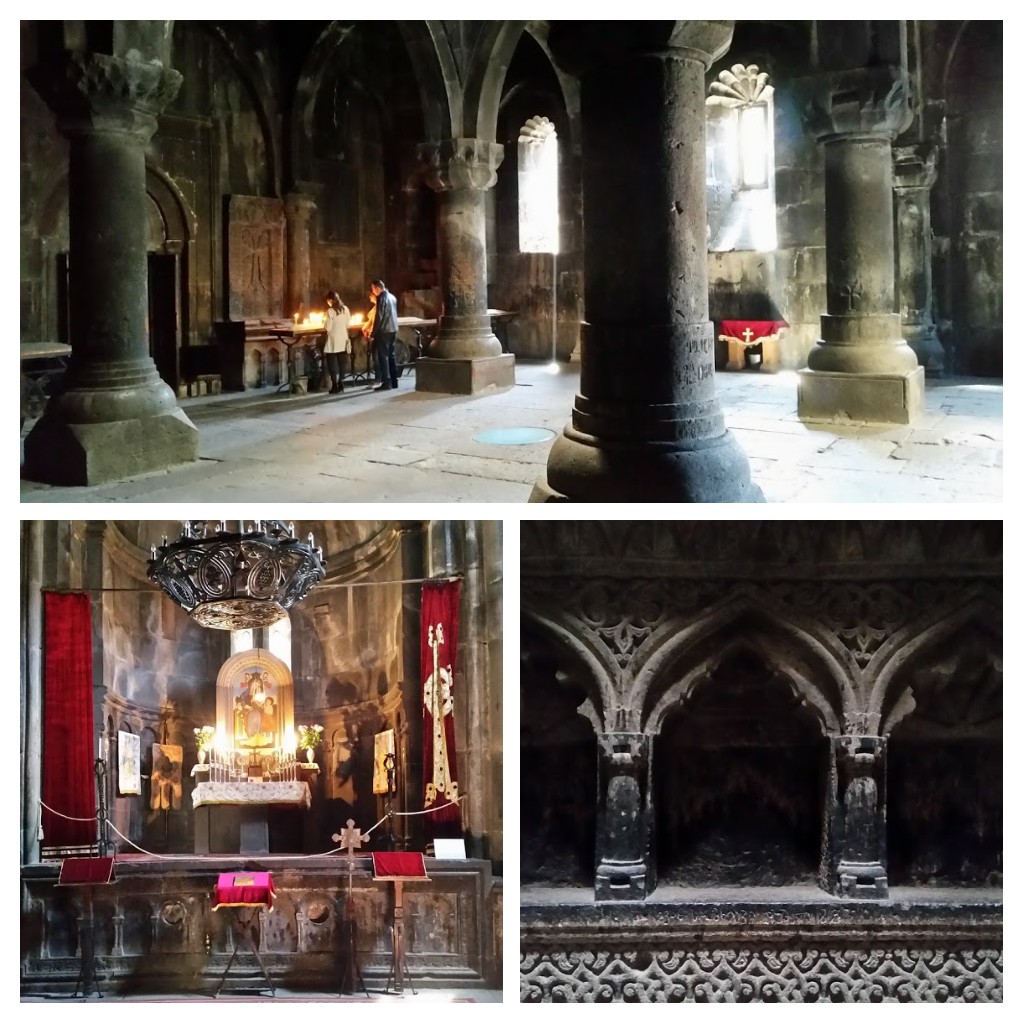
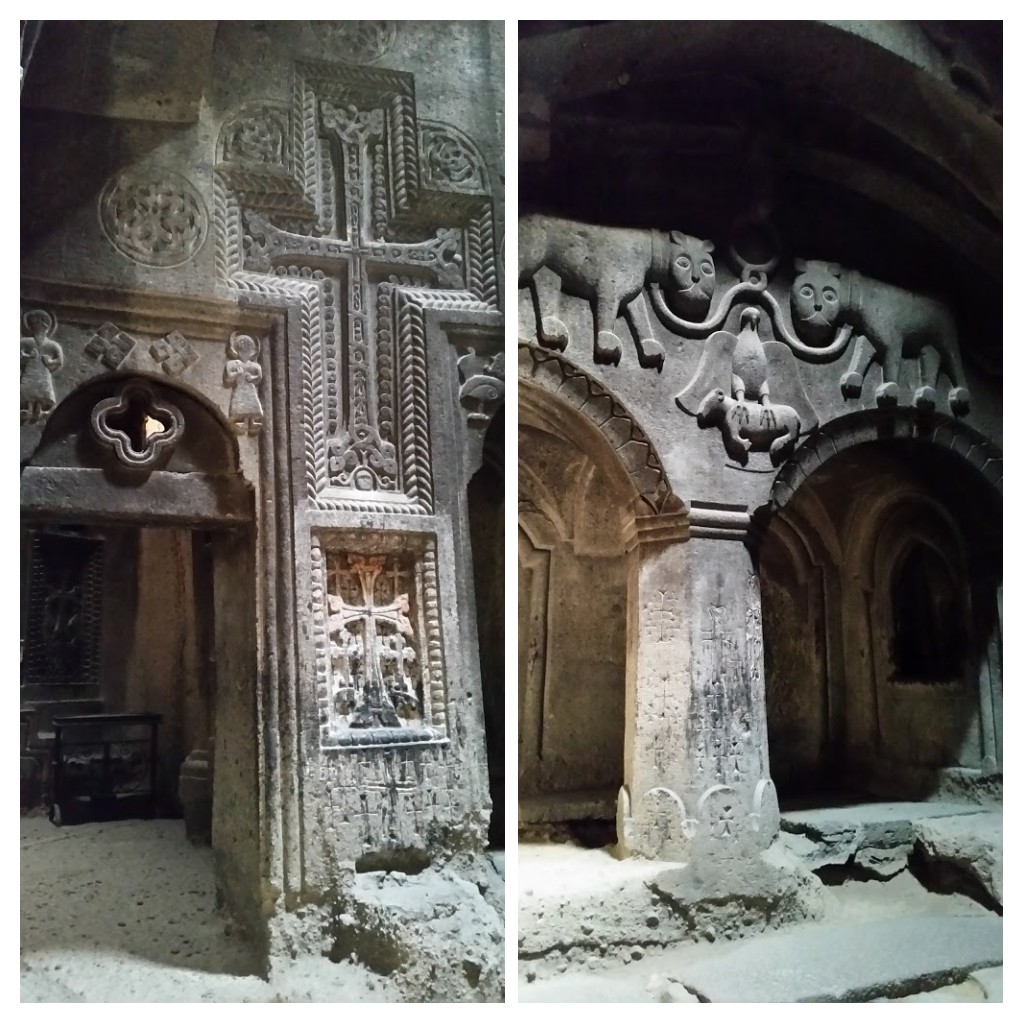
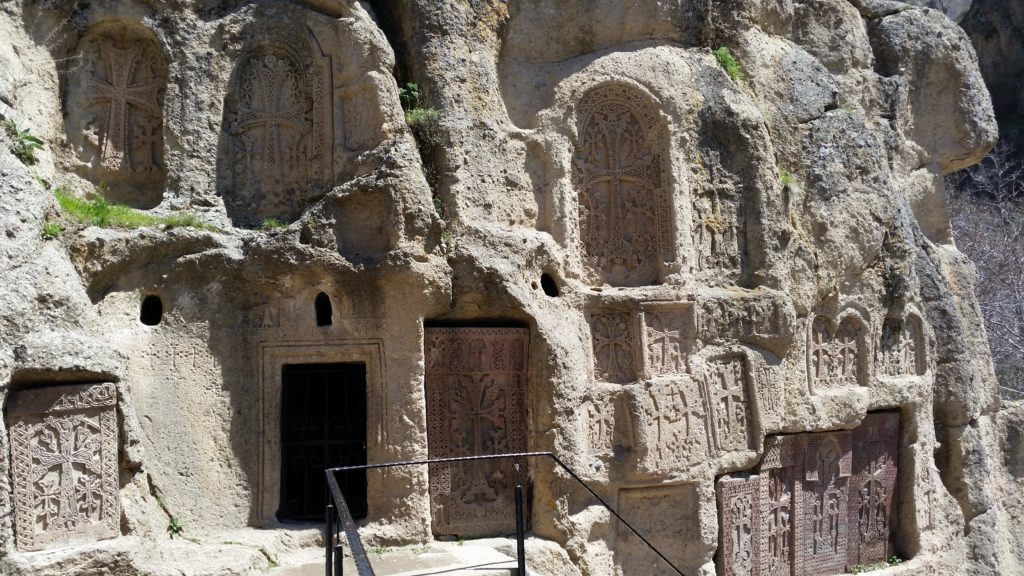
Truly beautiful. Loved the part on sacred geometry, Kate.